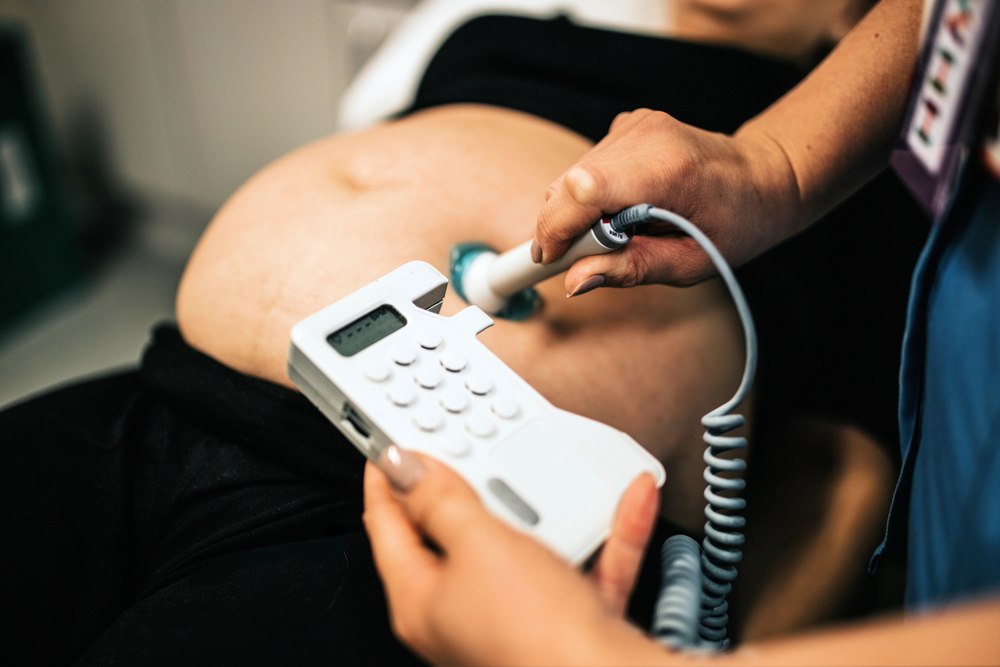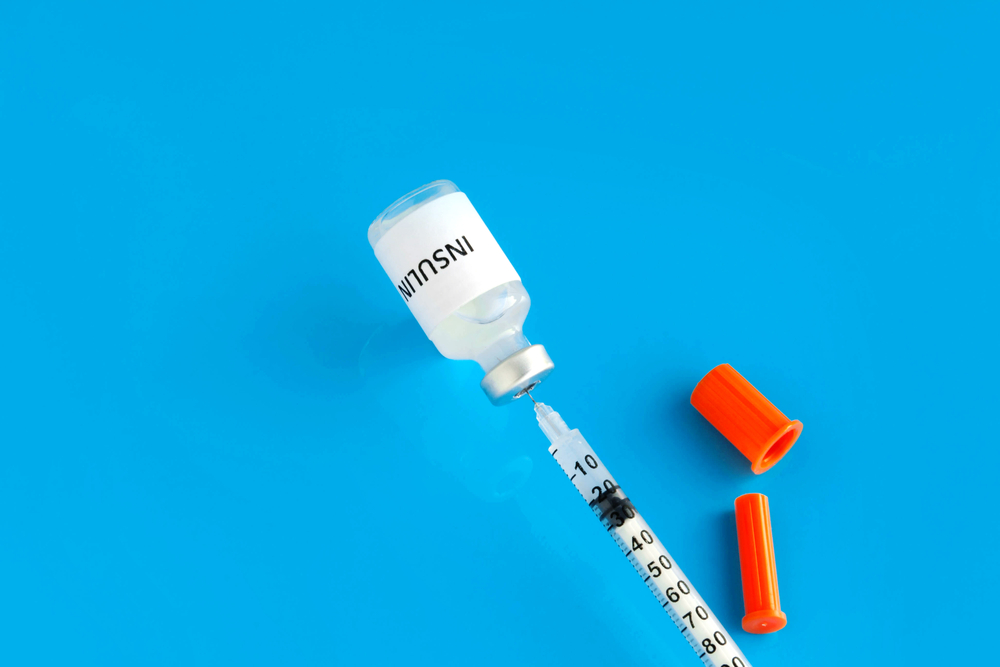Contents:
- Medical Video: How long will vaginal bleeding last after delivery, and when should my period return?
- Two types of bleeding during breastfeeding
- 1. Menstruation
- 2. Lockia bleeding
- 3. Postpartum bleeding
- How to deal with postpartum bleeding?
Medical Video: How long will vaginal bleeding last after delivery, and when should my period return?
Often new mothers are confused when they experience bleeding even though they are still breastfeeding. Is it possible to menstruate if you are still breastfeeding? Should there be bleeding during another breastfeeding period? See the explanation below.
Two types of bleeding during breastfeeding
1. Menstruation
In most cases, the distance between the first menstruation after delivery is needed. This is because breastfeeding stops the menstrual cycle for some time. The impact is different for the mother. Some mothers get their first menstrual period after childbirth after a few weeks, several months, or even several years. It cannot be averaged how long it takes for a mother to get her first menstruation after delivery.
A study also revealed that mothers with lower levels of the hormone progesterone in their bodies will get their first menstruation after delivery faster than mothers with higher levels of progestron hormones. In other words, it is normal for a mother to menstruate even though she is still breastfeeding.
Some signs that can indicate you will get your period immediately after labor include:
- When your baby sleeps more than 4 hours during the day or more than 6 hours at night
- When your baby starts eating complementary foods other than breast milk
- When you eat certain foods such as formula milk for nursing mothers
- When your baby starts using pacifiers
- When your baby feeds a little more during the day and gets smaller every time and less
- When you feed your baby more often without giving other intake.
Even if you have menstruated during breastfeeding, don't be surprised if your first menstrual cycle is still not regular. Apart from being disorganized, the start of your first menstrual period after childbirth might reduce your discharge of milk. This is normal. Usually, after the menstrual cycle returns to regular, the volume of breast milk will return to normal.
In other words, the onset of menstruation does not affect breast milk permanently, some of these effects are only temporary effects of hormonal changes that are taking place in your body. Both the taste, the discharge and the nutrients contained in it, will remain the same.
2. Lockia bleeding
It may also be that the bleeding that you experience is not because of the start of your menstruation, but rather is postpartum bleeding. Some people know it as lokia, or the puerperium. This bleeding occurs because your placenta tries to separate from the uterus and this effort causes the opening of blood vessels in the area, causing bleeding.
After the placenta successfully separates, the uterus will contract again and the bleeding discharge will be reduced. Lokia may occur 2 weeks to 6 weeks after delivery.
3. Postpartum bleeding
But in some conditions, bleeding takes longer than usual. This condition is commonly known as postpartum bleeding.
Postpartum bleeding usually occurs if not all the placenta has been separated from the uterus, or if the uterus has not yet contracted even though the placenta has separated from the uterus. This bleeding may occur even though it has been entered 12 weeks after delivery.
You should immediately consult your doctor if:
- Bleeding suddenly grew concentrated to spend more than 1 dressing to hold it for an hour
- The color of the blood becomes brighter after 4 days after labor
- Your heart rate gets faster and more irregular
How to deal with postpartum bleeding?
When you experience postpartum bleeding, you may be given antibiotics or a medical procedure in the form of a minor operation to remove the remaining placenta, and you may need some time to rest for the healing phase.
READ ALSO:
- 4 Foods that Mothers Need to Avoid
- Can Chemotherapy Patients Breastfeed Their Babies?
- Can Breastfeeding Mothers Get Pregnant?












